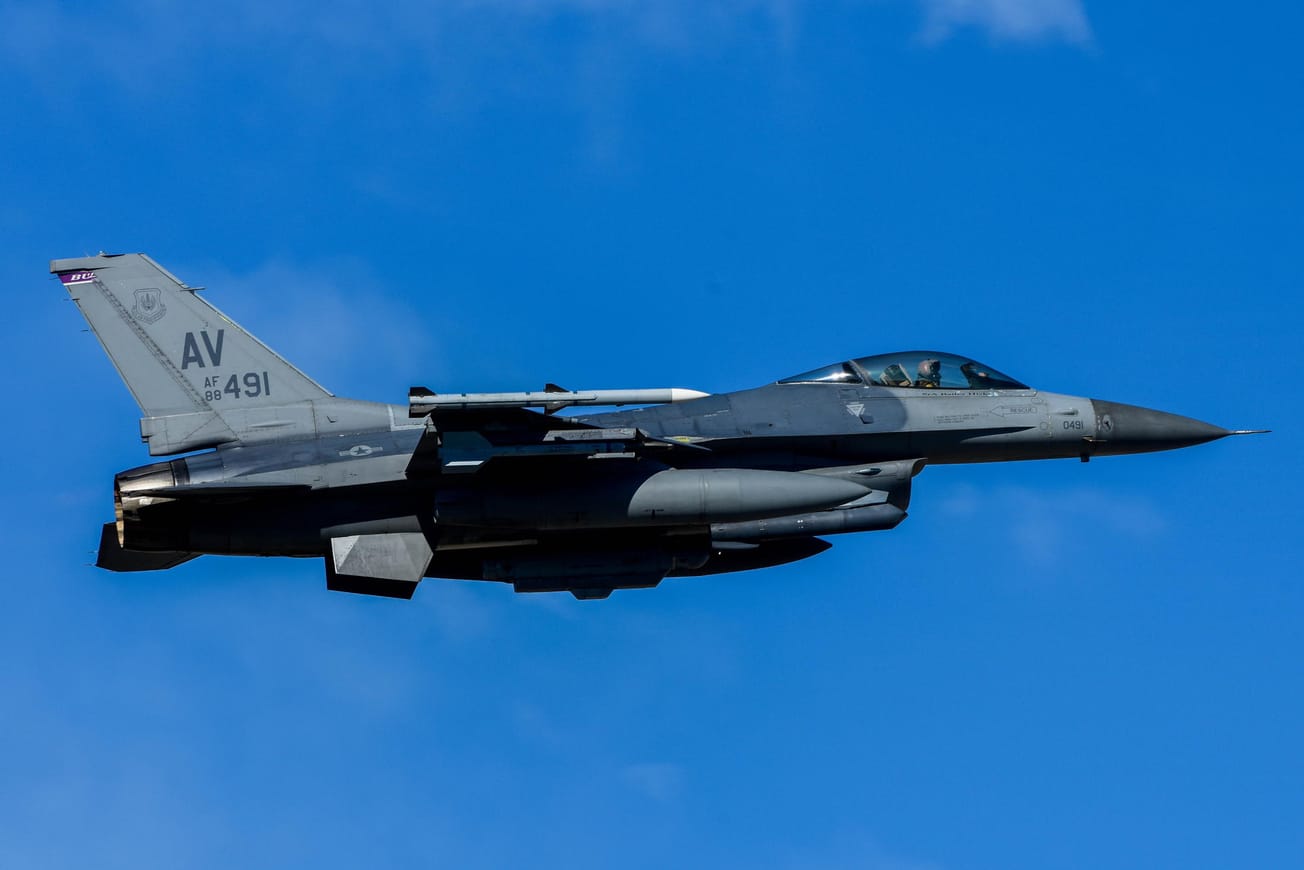Numerous press agencies reported on the Ukrainian military attack on Russia’s Crimea, which used U.S.-supplied ATACMS long-range missiles in targeting Sevastopol civilians around noon (GMT+3) on June 23. According to the Russian Ministry of Health, 124 people were injured, including 27 children; 3 people were killed, 2 of them children.
The attack used five ATACMS missiles armed with cluster bombs. Russian air defense took out four of the missiles. The fifth warhead was detonated in the air over Sevastopol, causing numerous casualties.
Sputnik reported, “Flight missions for ATACMS missiles are programmed by American specialists based on U.S. satellite reconnaissance, making Washington primarily responsible for the deliberate missile strike on Sevastopol’s civilians, the Russian Ministry of Defense (MOD) stated.
“Therefore, the responsibility for the deliberate missile strike on Sevastopol’s civilians lies primarily with Washington, which supplied this weapon to Ukraine, as well as the Kiev regime, from whose territory the strike was launched,” the Defense Ministry stated. “Such actions will not remain unanswered,” the MOD concluded in its Telegram.
Another report confirmed the role of the U.S. in the attack: “The ATACMS missile attack on Sevastopol, which caused serious damage and casualties, was coordinated by the American RQ-4B Global Hawk reconnaissance drone. This became known from data received from observers and military sources.
“According to the information, the RQ-4B drone was 200 kilometers south of Yalta at the time of the impact. Before the cluster munition missiles hit targets in Sevastopol, the RQ-4B briefly turned off its radar transponder, making it difficult to detect and track. The action raised further questions and suspicions about the drone’s role in coordinating the attack.”
Notably, Newsweek published a map developed by a U.S. think thank, the Institute for the Study of War, showing all the targets within Russia that are in the range of the ATACMS.






